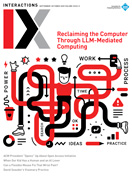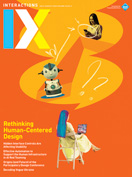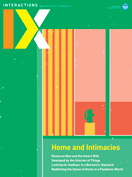Authors:
Vyom Anil
In October 2020, a case surfaced in Kinaru village of Muzaffarpur district, Bihar state, India: Reena Devi, a 20-year-old Dalit woman, recently widowed and the mother of two young children, had lost her Aadhaar number and was desperate to retrieve it. Like many others, Reena had no record of her Aadhaar number other than her Aadhaar card. And her card had been lost by an operator at an enrollment center after he took it from her to update her name and address. Her desperation was understandable. Without an Aadhaar, accessing any welfare scheme is impossible. Insights → The…
You must be a member of SIGCHI, a subscriber to ACM's Digital Library, or an interactions subscriber to read the full text of this article.
GET ACCESS
Join ACM SIGCHIIn addition to all of the professional benefits of being a SIGCHI member, members get full access to interactions online content and receive the print version of the magazine bimonthly.
Subscribe to the ACM Digital Library
Get access to all interactions content online and the entire archive of ACM publications dating back to 1954. (Please check with your institution to see if it already has a subscription.)
Subscribe to interactions
Get full access to interactions online content and receive the print version of the magazine bimonthly.






